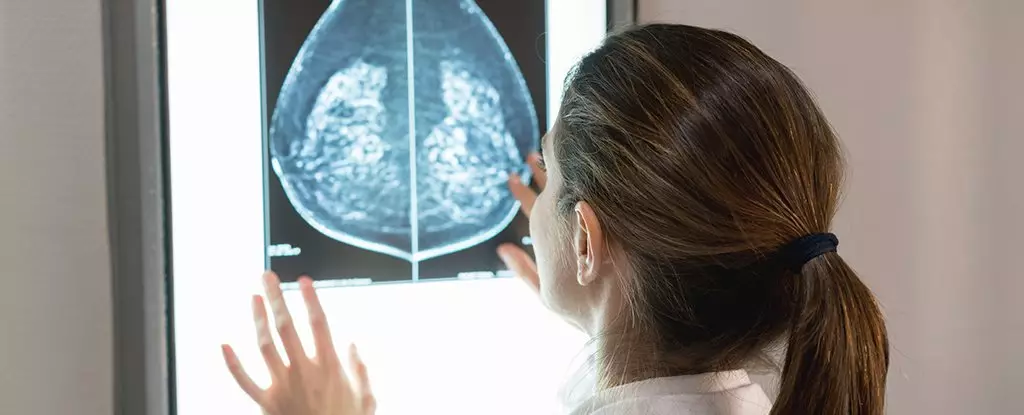Breast cancer remains a significant public health issue in the United States, with statistics showing worrisome trends that highlight not only increased incidence rates but also persistent disparities in treatment outcomes. A recent analysis from the American Cancer Society has provided alarming data: the incidence of breast cancer among younger women and Asian American populations is rising at a notable pace. This article explores these trends, disparities in care, and potential recommendations for addressing these critical health challenges.
In the period from 2012 to 2021, breast cancer diagnoses increased at a nagging rate of 1 percent per year. However, the most alarming aspect of this statistic is how disproportionately it affects women under 50, who experience a 1.4 percent annual increase compared to 0.7 percent for older women. This particular demographic shift raises questions regarding the factors contributing to this unsettling trend. While the specifics remain unclear, researchers speculate that lifestyle, genetic predispositions, and environmental influences may play a role in this uptick. It is critical for continued research to elucidate these factors, as understanding the underlying causes may lead to more effective prevention strategies tailored specifically for this age group.
An examination of breast cancer rates by race reveals stark disparities, notably among Asian American women and Hispanic women who show the most significant increases in incidence. The report suggests that this trend may partially stem from the influx of new immigrants who are at an elevated risk for breast cancer. These demographic shifts necessitate targeted public health campaigns that can effectively reach and educate these populations, addressing cultural barriers and raising awareness about the importance of regular screenings.
Yet, the disparities do not end at diagnosis. Although breast cancer mortality rates have declined overall—44 percent from 1989 to 2022—patterns of survival reveal systemic inequalities. Native American women have not experienced any reduction in mortality since 1990, which underscores the importance of addressing social determinants of health that contribute to these alarming disparities. Furthermore, Black women experience significantly higher mortality rates than their white counterparts, despite having a lower incidence rate of breast cancer. For every 100 diagnosed Black women, 38 percent more are likely to succumb to the disease compared to white women. These statistics are indicative of the deeply rooted systemic inequalities that persist within the healthcare system.
Access to healthcare is critical in addressing cancer mortality, and disparities in screening contribute to these troubling outcomes. While mammogram rates among Black women exceed those of white women, the quality of care received is notably uneven; many Black women receive screenings at under-resourced facilities that may lack accreditation from organizations like the American College of Radiology. This reality demands urgent attention, as the effectiveness of early detection is hampered when quality care is not readily available.
The American Cancer Society report emphasizes the need for bolstering racial diversity in clinical trials, which can lead to more inclusive medical advances that benefit varied demographics. Additionally, increased partnerships with community organizations can bolster access to high-quality screenings, particularly for underserved women in marginalized communities.
In light of the shifting trends in breast cancer incidence and mortality, it is crucial to adapt screening guidelines to evolving demographics. In April, the US Preventive Services Task Force recommended that women begin screening every other year starting at age 40, a change from previous stipulations that encouraged individualized decisions. These revised recommendations are consistent with the urgent need for early detection strategies, which can ultimately save lives, especially in populations that are showing elevated rates of breast cancer.
The troubling rise in breast cancer rates—especially among younger women and specific ethnic groups—requires a multi-faceted response that addresses both the clinical and social barriers to effective care. It is essential to enhance awareness and strategies targeting at-risk populations while simultaneously advocating for equitable access to quality healthcare. By fostering an environment of inclusivity and support, we can work to reduce breast cancer disparities and ensure that every woman has the opportunity for early detection and successful treatment. Only through collaborative efforts and commitment can we make significant strides toward overcoming this significant public health challenge.

